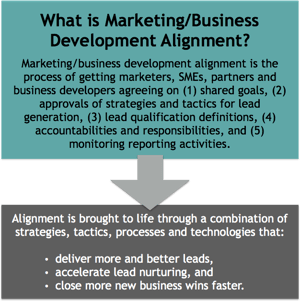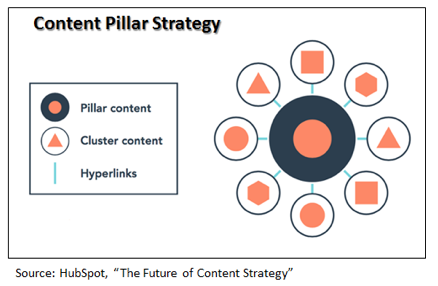 Janice and I were at a flea market the other day where on one vendor’s table, I spied something that I hadn’t seen in a long time—an Official Tudor NFL Electric Football Game. It’s basically a tabletop game played on a metal vibrating field where little plastic men wearing little magnets on their little feet compete for gridiron glory running frenetic versions of actual football plays.
Janice and I were at a flea market the other day where on one vendor’s table, I spied something that I hadn’t seen in a long time—an Official Tudor NFL Electric Football Game. It’s basically a tabletop game played on a metal vibrating field where little plastic men wearing little magnets on their little feet compete for gridiron glory running frenetic versions of actual football plays.
One distinct advantage over “real” football? Team owners don’t need to pay 9 figure player salaries.
After spending countless minutes calculating angles, frequency of vibration, position on the field, reading scouting reports, delving into the psychology of your opponent, and then aligning your offense or defense team in the absolutely most perfect logical configuration possible, you flip a switch to start the field vibrating and get the play underway.
The field vibrates like crazy; the players wiggle, jiggle, hop, and move all over the place, sometimes in accordance with your carefully crafted alignment scheme, other times with gleeful abandonment. When that happens, players on both teams wander aimlessly around the field, and you never quite know where they are going to end up.
The play ends and you flip the switch to stop the vibrations when a defensive player makes contact with the offensive player who has the ball.
During the game, there’s always more than one occasion where your alignment scheme actually works and your star running back suddenly vibrates into the clear and jiggles and hops his way down the field unopposed and untouched.
TOUCHDOWN!!!
You gotta love it when an alignment plan works.
Aligning Marketing and Business Development/Sales in Your CPA, Consulting, or Other Professional Service Firm
Making, executing, and monitoring a plan for aligning marketing and business resources in your firm shouldn’t be as undisciplined and chaotic as electric football. It takes more than just putting pieces on the playing field, however, because alignment requires a different set of strategies, tactics, tools, technologies, and attitudes that move a firm away from “business development as usual” to “business development all hands on deck.”
Like electric football, the coach (usually a niche practice leader) will call a play based on a situation; resources on the field get aligned with everyone knowing their role and responsibilities; the play gets started (usually by marketing); and the action unfolds as top of the funnel leads start rolling in.
What you don’t want to happen is a partner always changing the play at the line of scrimmage just before the ball is hiked, or a scenario where marketers, partners, or business developers run plays independently and end up wandering around aimlessly.
The Pieces of Marketing/Business Development Alignment
 In my last blog post, I discussed the benefits of investing in marketing/business development (or sales) alignment. If, in your opinion, these benefits have merit, the next rung on the alignment ladder is to have an understanding of the strategies, tactics, tools, and technologies necessary to make alignment happen.
In my last blog post, I discussed the benefits of investing in marketing/business development (or sales) alignment. If, in your opinion, these benefits have merit, the next rung on the alignment ladder is to have an understanding of the strategies, tactics, tools, and technologies necessary to make alignment happen.
These include:
- A formal agreement between marketing and partners/business developers… that includes objectives and measurable goals; definitions for marketing qualified and sales qualified leads; specification of strategies and tactics for reaching goals; specification of sales support materials marketing will have for sales activities; a definition of the trigger point for marketing to hand off a lead to sales; and a clear delineation of roles, responsibilities, and accountability.
- Strategies and tactics for filling the top of the sales pipeline (or funnel) with leads… starting with clarity on issues facing your prospects that create opportunities for putting together offers built on the thought leadership of your subject matter experts. This piece also includes activities for how marketing will promote offers, capture leads, and inform stakeholders when leads are generated; and the use of tools and technologies to record, track; and report on lead generation campaigns.
- Accelerating leads through the sales pipeline… using workflows and drip campaigns, marketing automation technology, and contextual marketing strategies.
- Lead intelligence, tracking and management… which brings us into the realm of the marketing database and CRM. It’s marketing’s responsibility in the alignment to take ownership for developing, cleaning, and maintain the database and its sales. Business development’s responsibility is to use and maintain the CRM.
- Lead handoff at the point where a lead becomes sales qualified… as determined by the definitions agreed upon early in the alignment process. This point will generally be reached when a lead has been deemed marketing qualified and has had some level of interaction with the firm (e.g., offer downloads, visits to the website, etc.) that provides an indication of the depth of their problem or how serious they may be in engaging the services of the firm.
The Super Bowl of Alignment
As I was doing some research for this post, I uncovered The Electric Football Official Site where I discovered that there are (way too many) YouTube videos, leagues, and the opportunity to buy tiny little men wearing tiny little team uniforms that enable players to recreate the Super Bowls of the past, or if you’re a Buffalo Bills fan like me, a Superb Bowl of the Future.
(Hey, it could happen!)
Alignment doesn’t mean that you forsake opportunities from referrals, networking, or those that come over the transom. These are all bottom of the funnel (BOFU) leads from prospects who have a problem or issue that needs to be addressed now. In BOFU situations, the partner or business developer carries the ball toward the engagement letter, but marketing still provides support in the way of case studies, sell sheets, making sure that bios are current and relevant, and even making sure that the firm’s website is up to date.
Where alignment needs to work, and where the strategies, tools, and technologies of alignment will be adopted by entrepreneurial firms, is securing top of the funnel leads, qualifying those leads, and accelerating those leads through the sales pipeline.
When that happens, it will be electric.
.png)








Leave a Comment